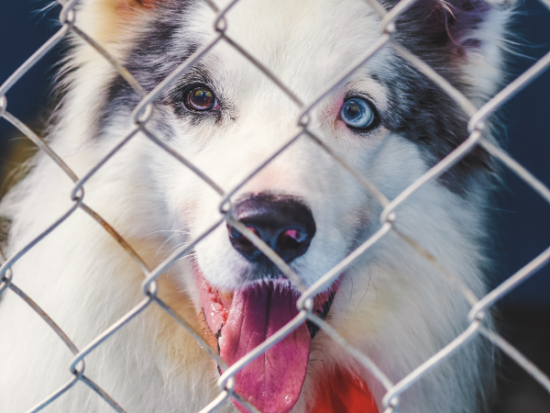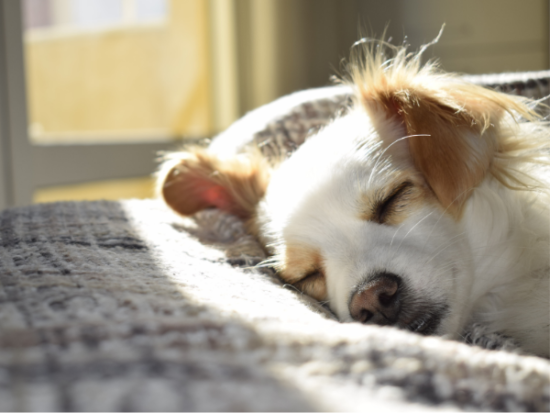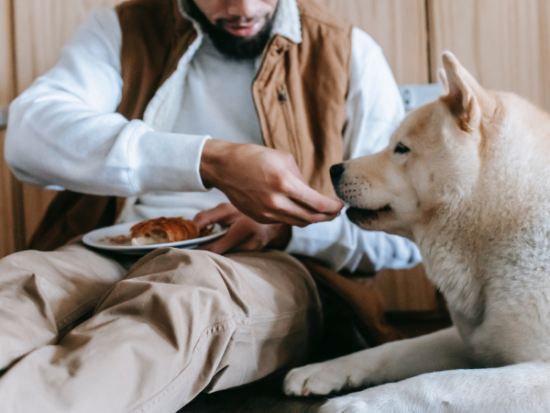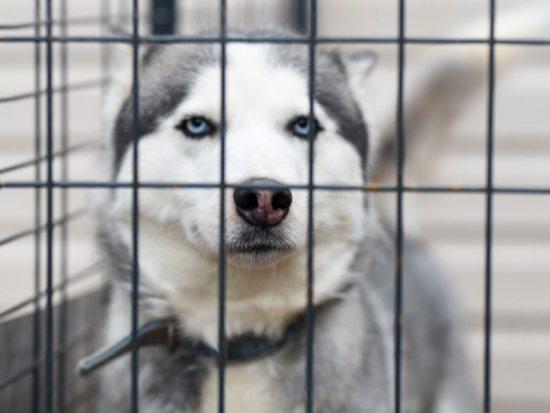How to crate train a puppy in these simple steps
You’ve probably looked into how to crate train a puppy if you got yourself a dog. The most common misconception of crate training is simply caging your young puppy without proper care or provisions.
From a human perspective, being put in a small, enclosed space is tantamount to being locked up in jail. For dogs, however, it gives them a sense of security and calms anxiety.
As den animals, dogs feel comfortable in crates. It also teaches them the values of responsibility and independence. Having a safe environment that your dog is comfortable in is important both for you and your pet. If you want to know more about how to crate train a puppy, read on below for tips and suggestions.
What to know before getting a puppy

There are many things you need to prepare before deciding to get a new pet. Puppies, in particular, need extra care and attention. Dog training can be intimidating, but some experts can help you or even blogs and videos to get you started.
If you want a potty-trained adult dog, you will need to put in potty training them at a young age. House training also requires a lot of patience if you’re working with an especially hyperactive puppy.
Apart from the effort and patience, you will also need to dedicate your time — and a lot of it. This is one of the reasons why many people cannot handle getting a pet because they are already too busy with work or school to care properly for one.
Before getting a puppy, buying their essentials like dog food, supplements, pet pads, and others is only a small part of your responsibility as a new dog owner. Your love, patience, and time will, above all, be the most important requirement.
Related Article: Best CBD Products for Dogs with Arthritis
Crate training a puppy
Generally, a dog crate is made of plastic, collapsible metal, or a combination of both that makes a pen large enough for a dog to stand, sit, and move around comfortably. While there is a misconception that crates are nothing more than dog cages to trap them, that is not accurate. Crates can provide comfort and security as much as confinement for the animal.
It can also serve as the dog’s safe space inside the house, prevent destructive behavior, and assist you and your pet while traveling. Listed below are some tips on how to crate train your puppy as a beginner.
Choosing the right crate
Before anything else, you want to choose the right crate for your puppy. Consider a crate’s materials and size. It is generally better to choose a crate that is durable, comfortable, flexible, and one that can provide the most for your pet.
There are different kinds as well — kennel or airline crates, wire crates, and customized crates. Depending on your dog’s size and what you will mostly need the crate for, ask advice from your vet or other dog owners.
Set a consistent schedule
Crate training requires you to keep your eye on the time. Less than 30 minutes of being in the crate may not be enough to establish the relationship between the dog and the space.
Your dog needs potty breaks, playtime outside, and to eat. However, being inside the crate for too long is also no good. Starting your training, start with 15 minutes, then gradually increase it by ten more minutes.
Make the crate as comfortable as possible.
Making a crate comfortable doesn’t always mean putting in thick mattresses or fluffy blankets. Not all dogs are made the same. Your dog may or may not prefer to have a dog bed and other things inside the crate.
Observe what makes your puppy most comfortable, what stops their nervous or irritable behaviors inside the crate. It can include a toy, a bed, or nothing at all.
Help your puppy with the proper mindset.
Crate-trained dogs have been found to deal with separation anxiety from their owners better than dogs who aren’t crate trained. The more calm your dog is when they enter their crate, the better they associate the space as a safe and calming environment.
When they have gotten used to being inside, try letting them sleep through the night. You can choose not to close the door, so they get out of the crate at night.
Use treats and games as incentives
Positive association is key in training canines. Crate training is no different. Grab your puppy’s favorite treat and put it inside the crate, or give it to them while hanging out inside.
Associating the crate with their favorite food and activity can help them enjoy being inside the crate better and for longer periods. Try playing fetch as well but be careful not to get your pup too excited and accidentally slam inside the crate.
Related Article: Best Treats for Your Pet on Amazon
Have infinite patience
Perhaps the most vital part of crate training is your patience as a pet owner. Prepare yourself for at least six to eight months of crate training. Both you and your puppy need to establish a healthy relationship full of trust and love so that the training goes well.
When a training day doesn’t go too well, it’s okay to take a break. Get your puppy’s leash and leave the house for a few minutes to walk around the block.
Benefits of crate training puppies
Before starting crate training, you need to remember that crates aren’t a panacea for all canine behavior. It won’t magically make your puppy well-behaved and disciplined. Crates can make your dog feel frustrated and trapped instead of comforted and safe if not done properly.
So how can you maximize the benefits of crates? First and foremost, don’t use the crate as a punishment. Your dog will associate it with fear and distress, refusing to enter it.
Instead, crates should be a safe space where your dog will go of their own accord. It can become their den but don’t expect them to stay there for most of their lives. Much like you won’t stand to stay in your room for days on end, crates also serve the same purpose for dogs. They are a place of refuge, but your dogs should be allowed outside, spending time in other parts of the house.
How old must dogs be to be crate trained?
Puppies can be crate trained as early as eight weeks after they are born. By this time, they should be able to walk on their own without balance problems. Their vision and sense of smell are also starting to develop more. Training puppies as early as possible is the best option to instill certain tricks and discipline in them that will stick for a considerable amount of time.
However, that doesn’t mean you can no longer crate train older dogs. Even if they have lived their lives not using one, older dogs can be taught new tricks with proper guidance and patience.
The key is to take the training slowly but consistently. Remember, time and patience are your friends. Don’t force an adult dog into a crate without preparing them first.
How long can you leave a puppy inside a crate?
Contrary to popular beliefs, leaving your dog inside its crate isn’t animal cruelty. As established in this article, crates aren’t and shouldn’t be used for punishment. Many dogs will happily sleep inside their crate if they feel safe and calm enough. It should be a space for them to be comfortable enough to rest, play, and stay inside for a couple of hours.
If your puppy is under six months of age, it is best not to leave them inside for more than three to four hours. They can’t control their bladder and bowel movements at this point, much like a human baby. You need to let your puppy out for potty breaks and meal times if they are not yet too familiar with their crates. You can adjust their time inside gradually as they get older.
Related Articles
Summary
If you’re thinking of getting a puppy or already have one, crate training is a great way to introduce other types of training. It can only help both you and your pet if you train them as early as possible.
Be gentle and patient with your puppy when they take time to adjust to their new den. Make sure to choose a crate that is big enough for your dog so they can be comfortable. Crate training won’t finish overnight, so be prepared to work together with your pet.





